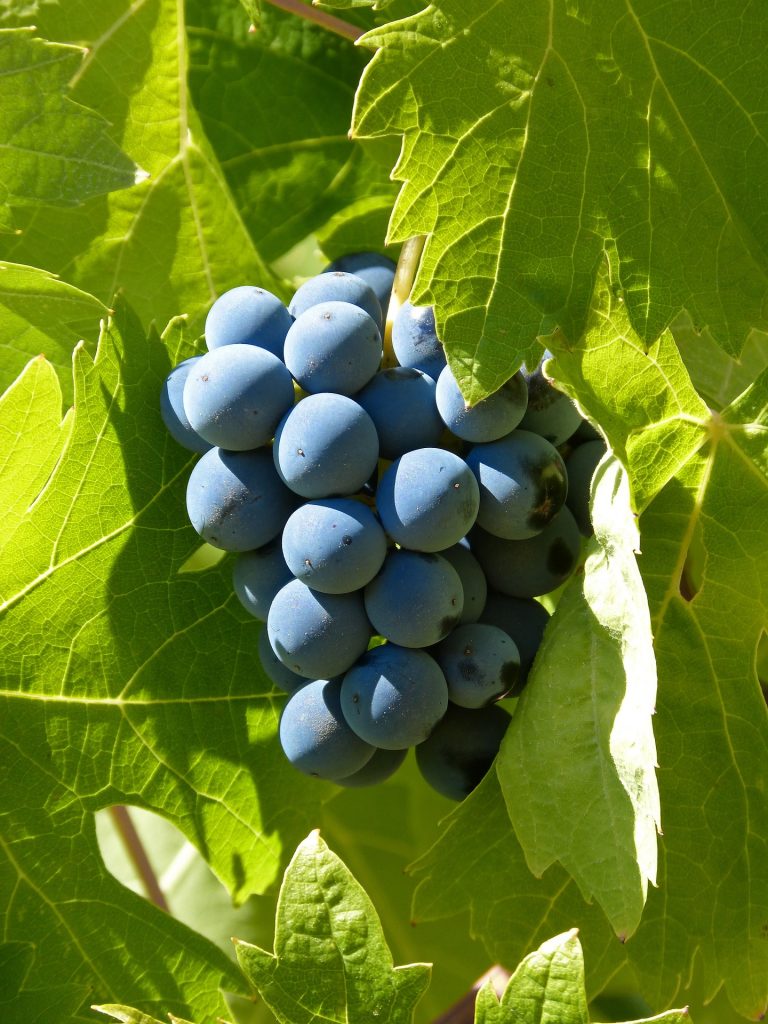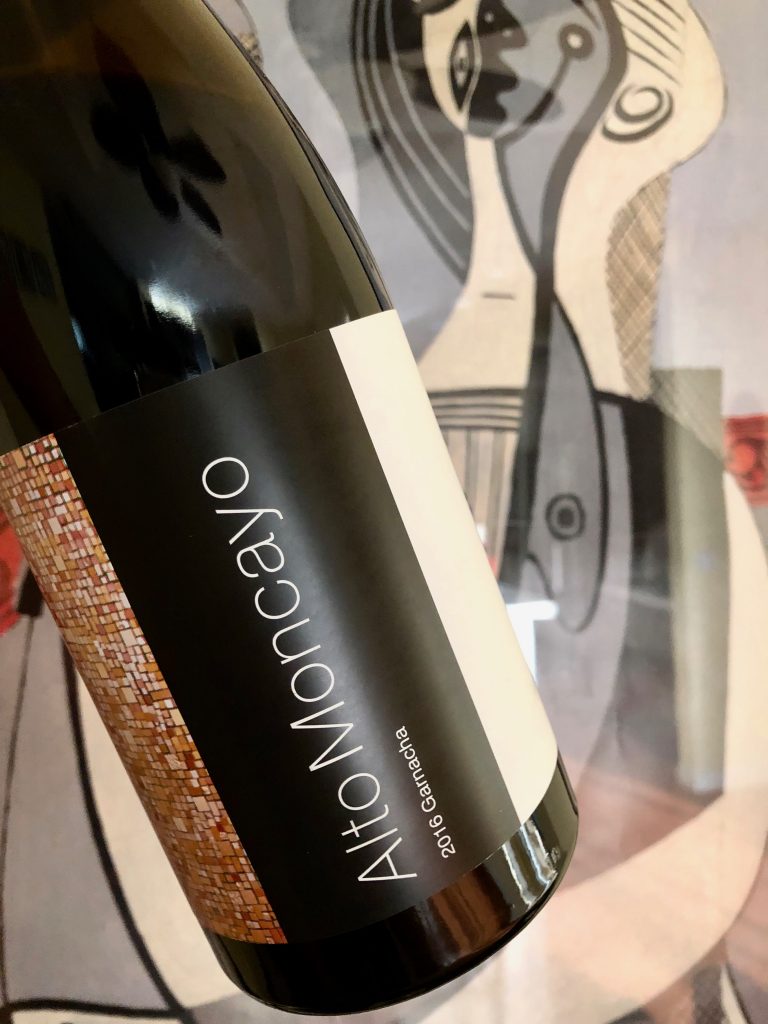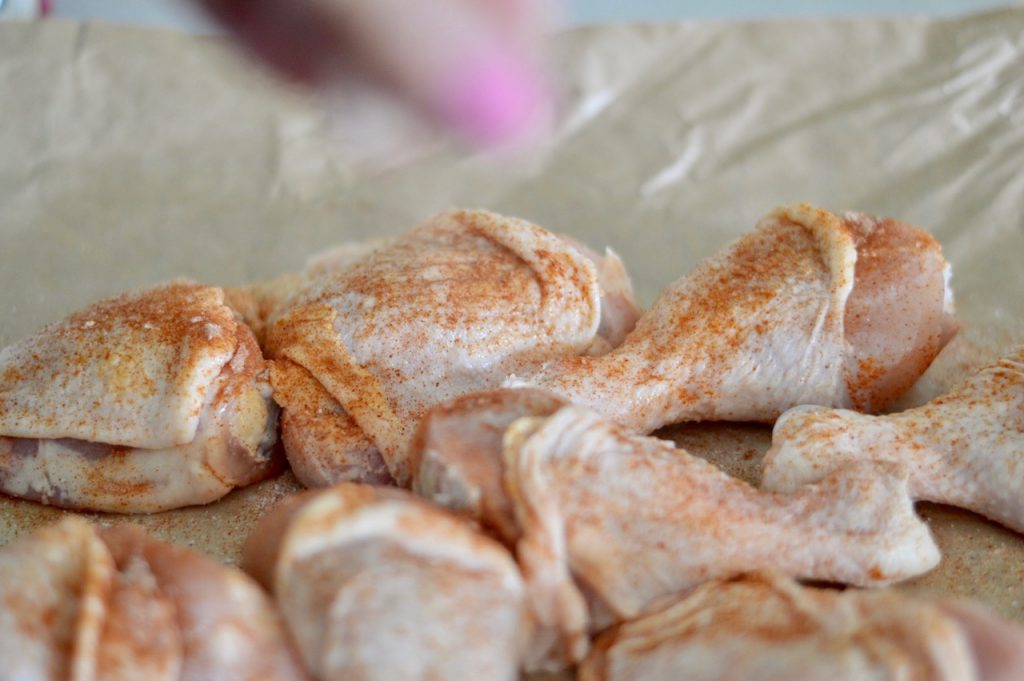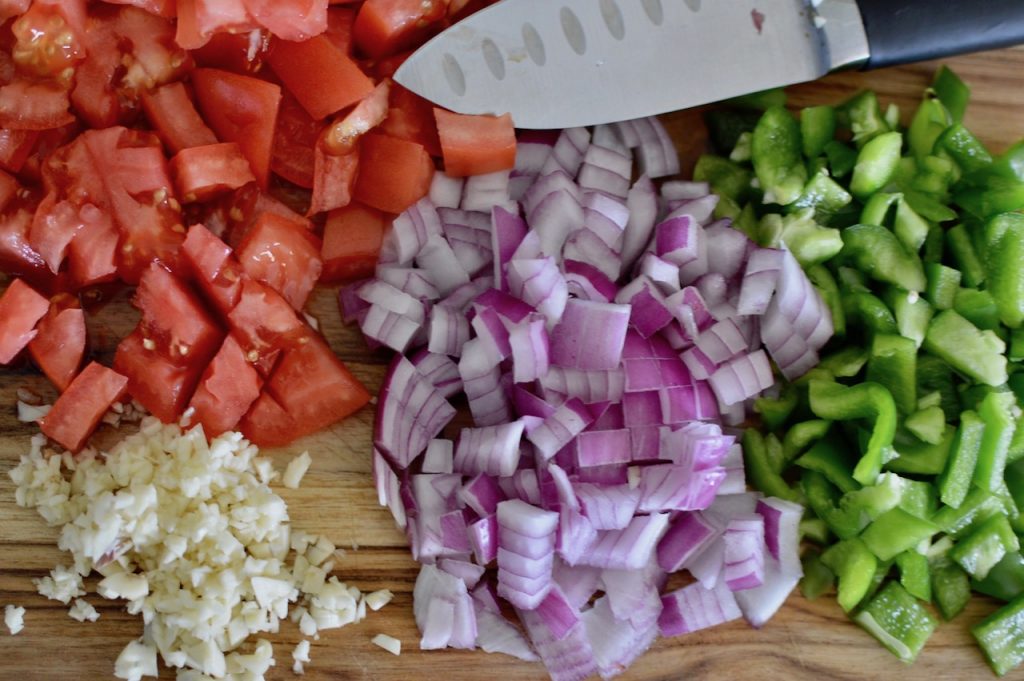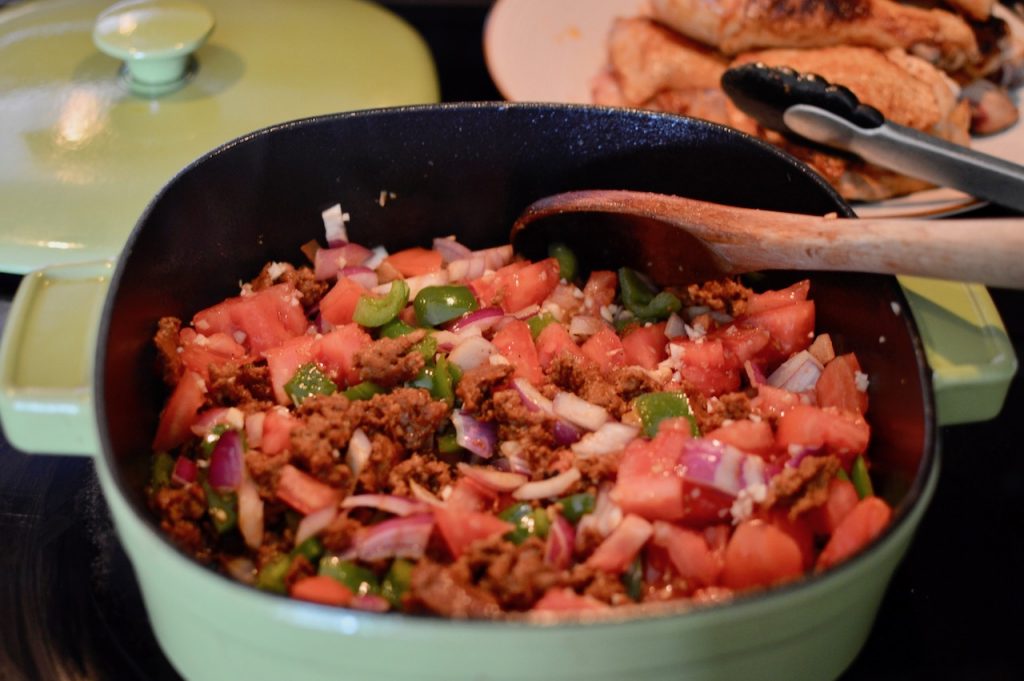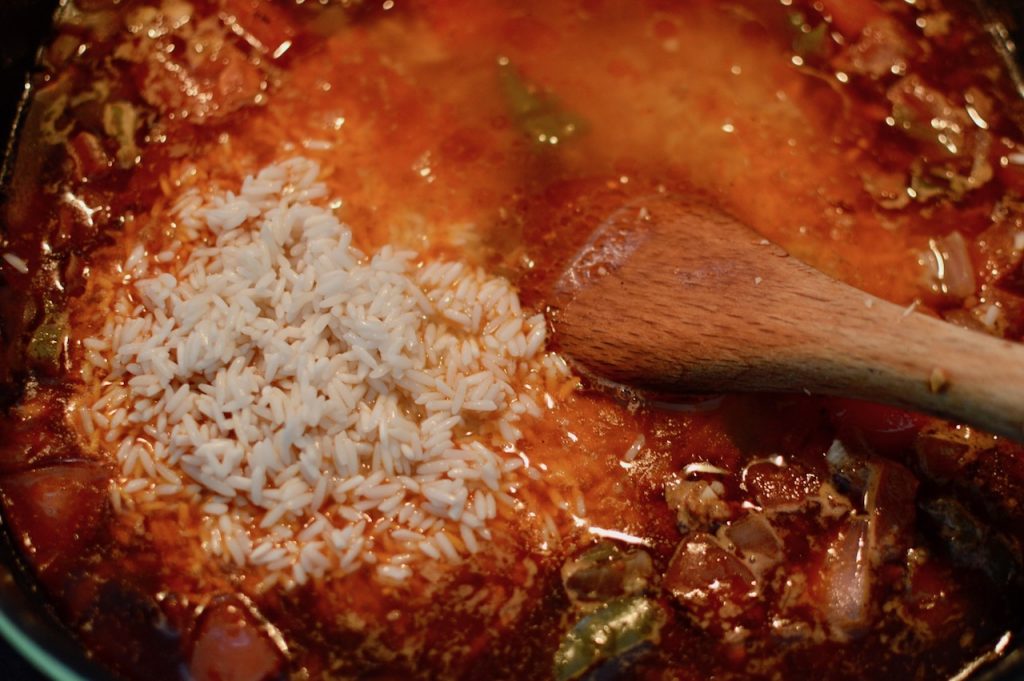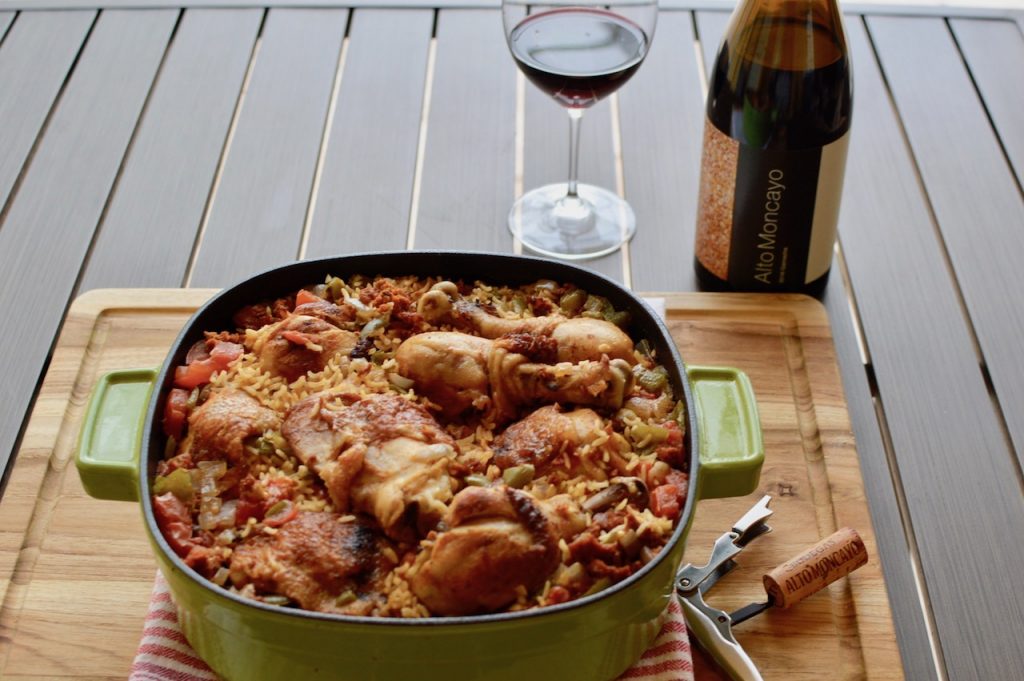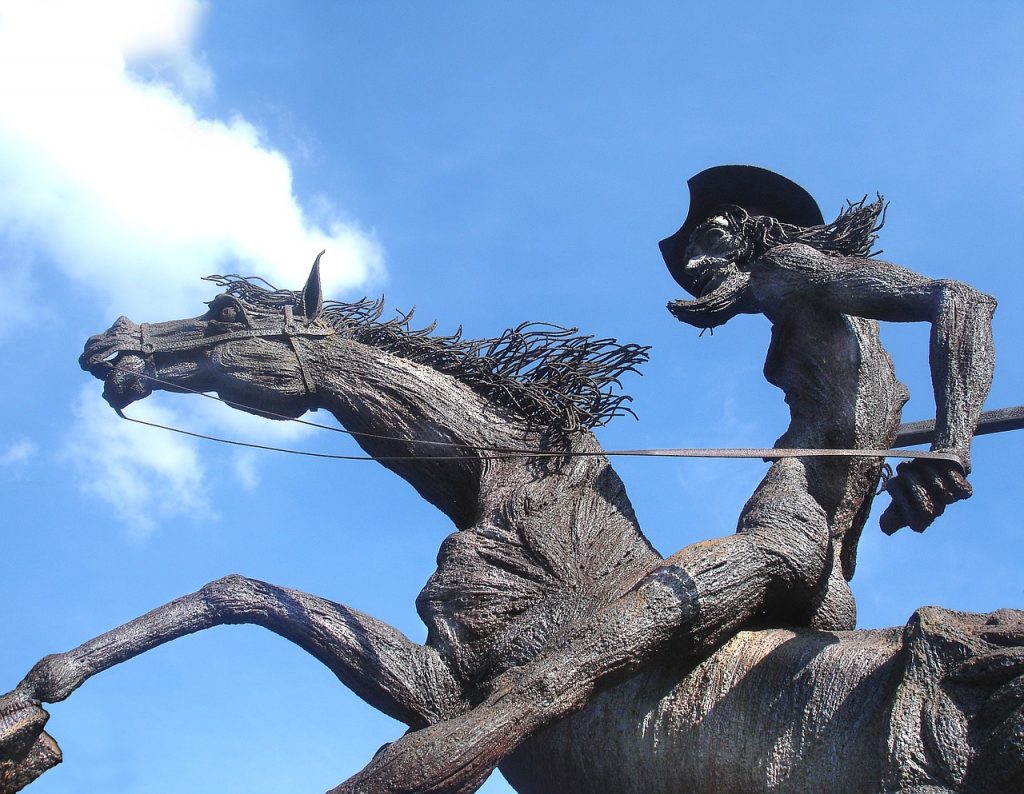Once again, I’m taking #MyArtEscape overseas! What better way to prepare for a trip to Spain than to dive into the pot and uncork some knowledge? Ole!

Photo Credit: MPascual Pixabay
I’m not sure which came first: the dish or the wine idea, but I was determined to find a wine made up of 100% Garnacha (known as Grenache in France and Cannonau in Sardinia.) As you know, I love rosé and Grenache is used in many of these wines from Southern France. It is usually blended with other grapes such as Cinsault, Mourvedre and Syrah. Now, Grenache is a red grape and I’ve explained how pink juice comes about in a previous blog (or you can Google it to learn more too.) This grape is also used for Châteauneuf-du-Pape and I’ve talked about it before as well.
Some grapes like the Nebbiolo, for example, haven’t found much success outside of their indigenous territory. However, Garnacha has easily adapted in other parts of the world with great success and after Tempranillo, it is the second most planted red grape variety in Spain. Do a little research and you’ll see that it has survived disease and drought, making resilience a large part of its popularity.

Alto Moncayo 2016 | Photo Credit: Author
The Wine: Alto Moncayo 2016
I know very little about Spanish wine and wanted to get out of my comfort zone and try something new. Today’s choice far exceeded my expectations!
Founded in 2002, Bodegas Alto Moncayo is a winery located in the Campo de Borja D.O (short for denominación de origen, a classification system used primarily for Spanish wines) located northwest of the province of Zaragoza. Check out this video produced by Bodegas Alto Moncayo that will put the location into perspective. The vineyard is 500 metres above sea level in the highest part of the town of Borja and to the south its namesake El Moncayo, which is the highest point in the Iberian Mountain Range. You can find out more about this area here.
DYK that after Switzerland, Spain is the most mountainous country in Europe and after Italy and France, produces the largest amount of wine? The three countries together produce almost half of the wine made in the world!
Alto Moncayo is the winery’s flagship and it has received lots of acclamation. Although the winery itself is very young, the vines are between 40 and 70 years old and the wine is aged in new barrels for 20 months. As described on their website: “It has a remarkable complex nose, with balsamic aromas, redolent of black fruit, roasted notes and a very good structure in the mouth” and you can read more here. I’m getting a little better at aroma and flavor profiles, so I would add that dark cherries, chocolate and tobacco were also present, but remember a lot of this is subjective so I don’t want to impose on your own interpretations.
Wine snobbery aside, I can conclude that it’s just yummy and I’ll be dreaming about it for days!
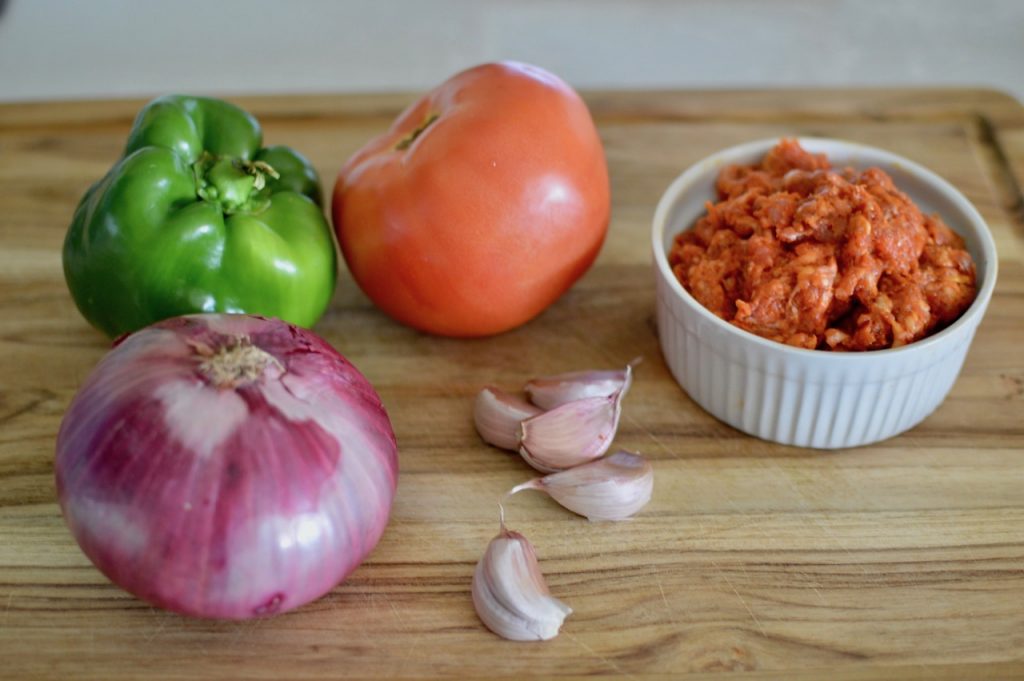
The Dish: Spanish Rice, Chicken and Chorizo
Living in South Florida means that there are many versions of Arroz con Pollo (rice with chicken), but today I wanted something typically Spanish. I think what sets this dish apart from others are the dry rub mix and fresh ingredients. Don’t compromise and use prepackaged seasonings or tomatoes from a can or jar, ugh.
Here’s another secret: rinse the short or medium grained rice (in this case 1.5 cups) and then soak it in a bowl filled with cool water for about 20 minutes and then drain and rinse again.

Photo Credit: Author
- Rub the dry spice mix on four chicken legs each cut to separate the thigh from the drumstick. Be sure to get the spice under the skin too.

Photo Credit: Author
- Chop one large tomato, a medium sized red onion, 4 garlic cloves and a green pepper.
- Warm a Dutch oven and coat it with about a tablespoon of olive oil and brown the chicken legs until slightly crispy; remove from pan.

Photo Credit: Author
- Add the equivalent of two large chorizo sausages removed from their casing, and brown the sausage.
- Add the onion and green pepper and sauté with a pinch of salt followed by the tomatoes, tomato paste and garlic. Add 3 cups of (low or no salt) chicken stock. Cover and bring to a boil and simmer for 20 minutes.

Photo Credit: Author
- Remove the chicken and bring the liquid back up to a boil before stirring in the (drained) rice. Gently place the chicken back into the pot, cover and reduce the temperature to low to allow enough time for the rice to cook through – about 20 minutes. Remove the Dutch oven from the stove and let the Arroz con Pollo stand covered for at least another 10 minutes. ** This last step is key to get that soft, but not mushy texture.
- Finish the dish with a squeeze of lime and fresh, chopped cilantro. I found the recipe here.

Photo Credit: Author
Note: The Alto Moncayo is a bold wine and may not have been the perfect match for this dish. I’m now thinking that a Garnacha blend may have been more suitable. While I wouldn’t pair it with a steak or a tomato based beef stew, I think roast pork with seasoned, roast potatoes may be a better fit. (I have an amazing recipe for bacon wrapped pork tenderloin that I think would be perfect.)

Photo Credit: Douk Pixabay
Buen Viaje!
If you’re anything like me, a lot of planning goes into every vacation. I’m not just talking about booking a plane ticket and hotel. When I go somewhere, I go deep into research. I’ll be visiting one of the places on my “Bucket List,” the Alhambra in Granada and I’ve already booked an apartment in Madrid in Barrio de las Letras near The Art Triangle. The first being the place where Cervantes lived when in Madrid and the second, home to La Reina Sofia, the Prado and Thyssen-Bornemisza museums. There’s a farmer’s market nearby and, since Spain holds the record of the most bars per inhabitant, I’ll be drinking vino and Cava for days!
It’s so me, I know: #MyArtEscape.

Photo Credit: Gabrielmbulla Pixabay
Adios!
If anyone out there in Google land is reading my blog (okay I know some of you are because I read Google Analytics), you’ll know that I end each post with a quote. Although, I have not read Don Quixote, (but may try to read at least Spark Notes before going to Spain) I have no idea in what context this quote is placed. We could read it literally and say that if you’re hungry anything tastes good, which sounds like something my British mother would have said when putting a plate of liver and boiled potatoes in front of me. No lie and probably there was some boiled carrots too. Triple ugh!
Or, knowing that Don Quixote was a dreamer, we could see life as a Quixotic journey and the experiences and knowledge we acquire along the way, are the best seasoning in the dish. Who knows?
La mejor salsa del mundo es el hambre, y como ésta no falta a los pobres, siempre comen con gusto. (The best sauce in the world is hunger and since it doesn’t leave out the poor, they always eat with pleasure.) ~ Miguel de Cervantes

